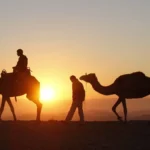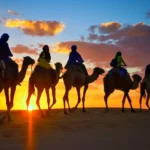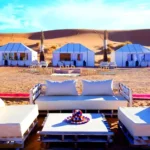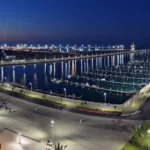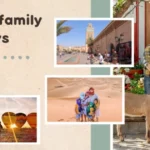
The argan tree is endemic to Morocco. For centuries it has been used to feed people and animals, while serving, unnoticed by local communities, to slow the advance of the Sahara desert in the south-western region of Morocco, where it covers more than 800,000 hectares. In recent years, there has been a growing interest in Morocco argan oil, which is highly prized by the cosmetic and gastronomic industry in North America and Europe. Luxury cosmetics industries and the world’s most famous restaurants use it as an ingredient, leading to an unprecedented commercial development, which has had an inevitable impact on the tree and the local population.
Only protectionist measures in the interests of sustainable development are succeeding in curbing the overexploitation that has come to seriously threaten the tree, while at the same time ensuring that the almost three million people involved in its cultivation and exploitation, almost all of them from rural areas, can benefit from the interest it arouses.
Women’s cooperatives
During the 1990s, coinciding with the growing interest of the cosmetics industry, the first cooperatives of women producers of argan oil began to be created, allowing them to promote their commercialization and, at the same time, increase their income, thus guaranteeing better access to education and health care for their families. At the same time, Moroccan industrialists have set up small factories equipped with extraction machines in Casablanca and Marrakech, providing work for the local population.
Given that Morocco is the almost exclusive producer of this oil, the argan tree contributes to reducing poverty in Moroccan society, as it constitutes a source of income for families in the rural villages where it is cultivated and, in general, becomes a development opportunity for the local population. Indeed, the production of this oil has become a boost to the country’s economic development indices.
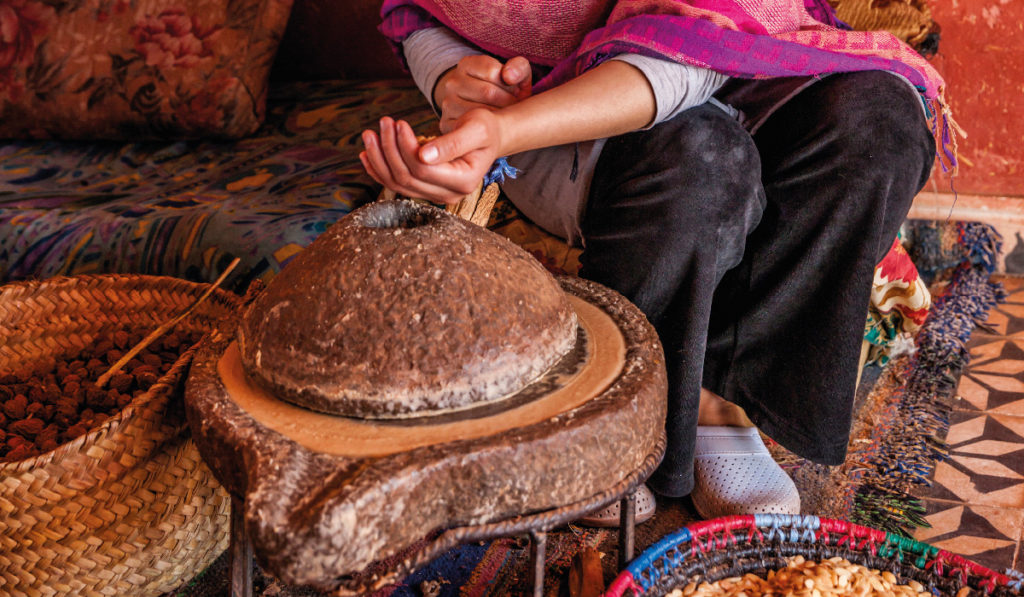
Preserving trees
The tonnes of Morocco argan oil exported has increased tenfold in the last decade, while production for local souks has increased. This has led to the development of policies aimed at preserving the tree, as two-thirds of the country’s existing trees are expected to disappear in 50 years.
Through information campaigns, it is being achieved that the thinning technique, which causes significant damage to the tree, is reduced and that all the fruit is not harvested at the same time, so that the reproduction cycle, which could endanger the regeneration of the tree, is not cut off.
Investment has also been made in controlling poaching, although it is still practiced by the most disadvantaged families with the aim of obtaining income from selling it to intermediaries, and the fraudulent sale of uncertified and therefore adulterated argan oil.
Preventive measures
Three measures have made it possible to maintain the Moroccan argan industry without rapid degradation. On the one hand, the fact that this Moroccan area was declared a Biosphere Reserve by UNESCO in 1998. Just one year later, the Moroccan government applied to the EU to protect argan oil as a geographical indication.
In 2009 this application was approved, making this oil the first European agricultural product to obtain this protection, which means that it can maintain its exclusivity, that farmers have the possibility of better promoting their products, and that consumers know that they are obtaining an authentic Moroccan product of the highest quality. In addition, the UN has recently proclaimed 10 May as International Argan Day, at Morocco’s request, which helps to maintain its international recognition.
The creation of the National Agency for the Development of the Oasis and Argan Zones (AN-DZOA) has also contributed to harmonious action to ensure local development. The objective is to preserve the nearly 20 million trees in the short term so that the Moroccan argan industry can be maintained in the long term, especially as the southwest of Morocco is seriously threatened by desertification. Only by controlling exploitation so that production capacity is not exceeded can sustainable economic growth be achieved and the quality of life of the Berber people who make their living from the argan tree be improved.

The formula for success
Combining the most modern technology with the traditional knowledge of the argan tree, which has been with the people in rural areas for centuries, is resulting in an improvement in the economic situation of the local populations.
Local women are interested in working in the cooperatives, as they see an increase in their income compared to what they used to earn when they cultivated the argan tree privately. The growing interest of the cosmetics and food industry in this oil represents an opportunity for economic and social freedom unthinkable a few years ago for women in rural areas, who in turn are increasingly aware of the need to use sustainable production techniques.
Beyond environmental awareness, the local population does not forget that this tree not only provides them with a better quality of life but also protects them from desertification, constituting the best protection against the increasingly palpable consequences of global warming.

